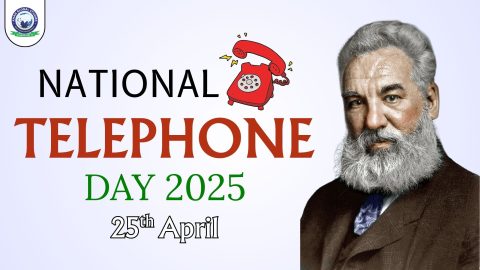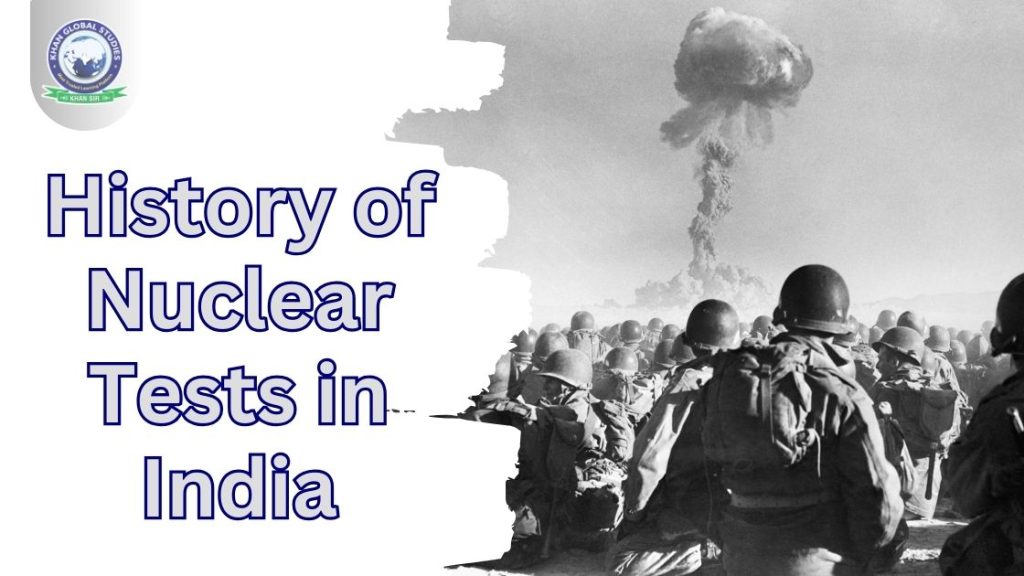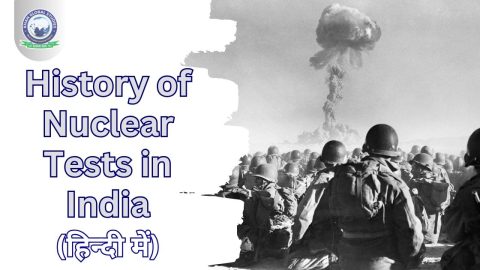India’s discovery of nuclear technology and subsequent tests have been significant moments in the country’s history, which have shaped its strategic position and international relations. From the first nuclear test at Pokhran in 1974 to the most recent test in 1998, India’s nuclear journey is a story of scientific achievement, geopolitical complexities and strategic imperatives. In this blog, learn about the history of Indian Nuclear Tests.
History of Indian Nuclear Tests
1. Pokhran Test 1: “Smiling Buddha” (1974)
India’s first nuclear test, codenamed “Smiling Buddha”, marked an important milestone in the exploration of the country’s nuclear capability. The test, conducted at the Pokhran Test Range in Rajasthan on May 18, 1974, showcased India’s indigenous nuclear technology and proved its scientific prowess on the global stage. Despite international condemnation and concerns about nuclear proliferation, the test underlined India’s commitment to national security and sovereignty.
2. Pokhran Test 2: “Operation Shakti” (1998)
Nearly a quarter century after Pokhran Test 1, India conducted a series of nuclear tests under “Operation Shakti” in May 1998. These tests, consisting of five explosions, including a thermonuclear device, marked a significant increase in India’s nuclear capabilities. The tests were conducted in response to regional security threats and international developments, including nuclear tests by neighbouring Pakistan. Drawing international condemnation and sanctions, the tests cemented India’s status as a nuclear-armed state.
3. Nuclear Doctrine and Strategic Shift
With India’s nuclear tests, there has been a change in its nuclear doctrine and strategic stance. Following the Pokhran tests, India formulated a policy of credible minimum deterrence, emphasizing a defensive posture and a commitment not to use nuclear weapons first. However, subsequent amendments to the doctrine have introduced elements of flexibility and ambiguity, reflecting evolving security dynamics and emerging threats.
4. International Reaction and Diplomatic Fallout
India’s nuclear tests drew mixed reactions from the international community, ranging from condemnation to cautious approval. While some countries imposed sanctions and criticized India for destabilizing the regional security environment, others recognized India’s right to self-defence and sovereignty. The tests renewed nonproliferation and disarmament efforts, highlighting the complex interplay of security, diplomacy, and geopolitics in the nuclear domain.
5. Nuclear Cooperation and Civil Nuclear Agreement
Following the nuclear tests, India increased engagement with the international community to ensure access to civilian nuclear technology and fuel. The landmark India-US civil nuclear agreement signed in 2008 facilitated India’s integration into the global nuclear order, paving the way for increased cooperation in civil nuclear energy while reaffirming India’s commitment to non-proliferation norms.
Conclusion
The history of India’s nuclear tests reflects the country’s pursuit of security, sovereignty and scientific advancement. Although these tests have faced international scrutiny and diplomatic challenges, they have also contributed to India’s emergence as a responsible nuclear power committed to peace, stability and global non-proliferation efforts. As India grapples with the complexities of the nuclear scenario, its history of nuclear tests serves as a testament to its resilience, innovation and strategic foresight.




